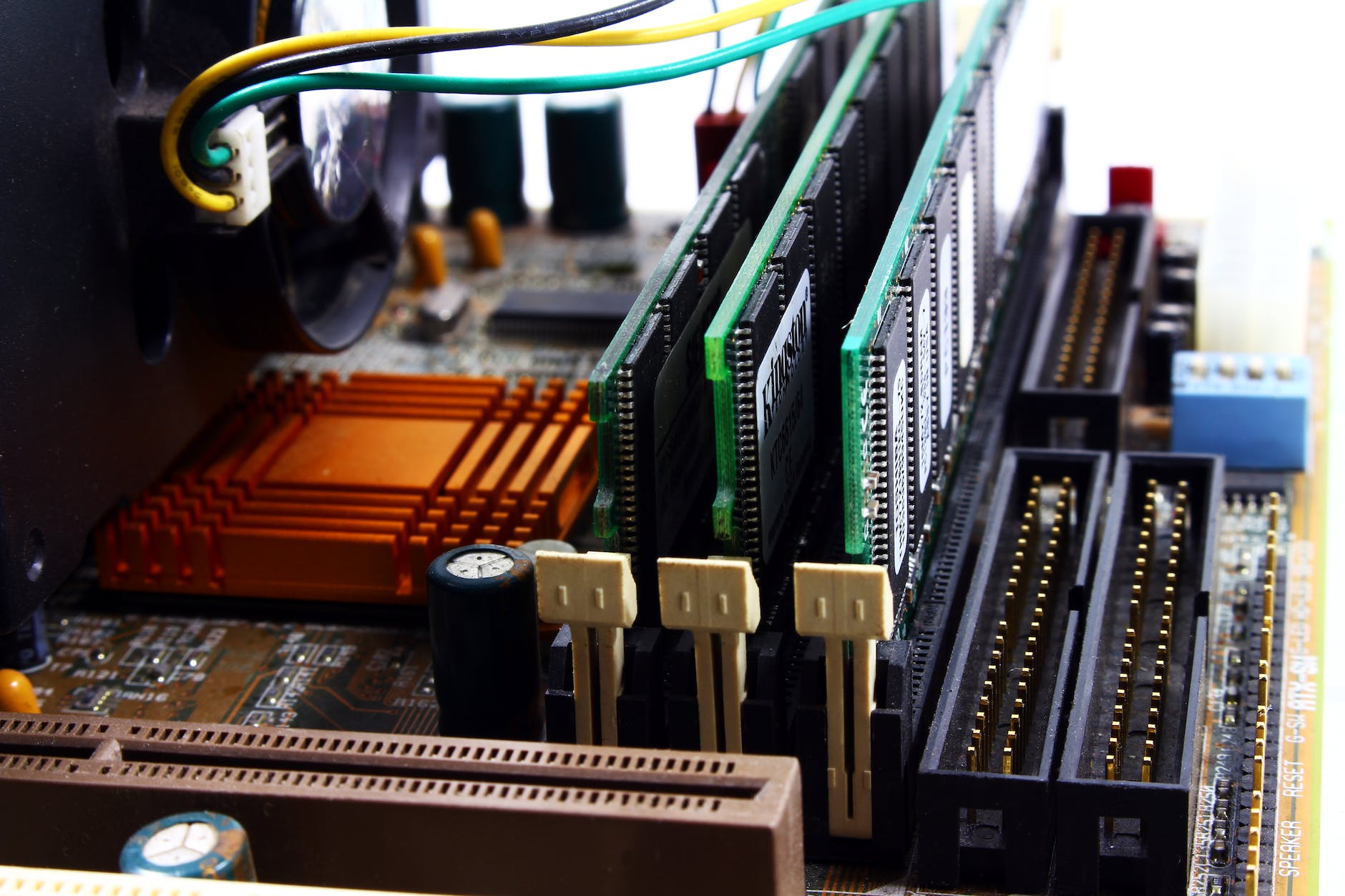LAN (Local Area Network) and Wi-Fi (Wireless Fidelity) are both technologies used to connect devices within a limited geographic area, such as a home, office, or campus, but they differ in how they establish connections:
- Wired vs. Wireless:
- LAN: LAN refers to a wired network where devices are connected to each other using Ethernet cables. These cables transmit data signals between devices.
- Wi-Fi: Wi-Fi is a wireless technology that allows devices to connect to a network without the need for physical cables. It uses radio waves to transmit data between devices and a wireless router or access point.
- Connection Medium:
- LAN: LANs use physical cables, which are typically made of copper (e.g., Ethernet cables) or fiber optics. These cables provide a stable and high-speed connection.
- Wi-Fi: Wi-Fi relies on radio frequency signals to establish connections. While it provides mobility and flexibility, the quality of the connection can be affected by interference, distance from the router, and obstacles like walls.
- Mobility:
- LAN: Wired LANs offer limited mobility since devices are tethered to Ethernet cables, restricting their movement.
- Wi-Fi: Wi-Fi offers greater mobility as devices can connect wirelessly, allowing users to move around freely within the coverage area of the Wi-Fi network.
- Installation and Infrastructure:
- LAN: Setting up a LAN typically involves running Ethernet cables and configuring network switches and hubs. It may require professional installation in some cases.
- Wi-Fi: Wi-Fi is easier to set up as it doesn’t require physical cables. Users can install Wi-Fi routers and access points themselves, making it a more accessible option for many users.
- Speed and Performance:
- LAN: Wired LANs tend to offer higher and more consistent speeds compared to Wi-Fi, making them suitable for applications that require low latency and high bandwidth, such as gaming or large file transfers.
- Wi-Fi: Wi-Fi speeds can vary depending on factors like distance from the router, interference, and the Wi-Fi standard used. While modern Wi-Fi standards (e.g., Wi-Fi 6) have improved performance, they may still not match the speed and reliability of a wired LAN for certain tasks.
- Security:
- LAN: Wired LANs are generally considered more secure because physical access to the network is required, making it harder for unauthorized users to connect.
- Wi-Fi: Wi-Fi networks are susceptible to security threats if not properly configured. However, security measures like encryption (WPA3) and strong passwords can mitigate these risks.

In summary, LANs use physical cables for connections, offering reliability and speed but limiting mobility. Wi-Fi, on the other hand, provides wireless connectivity, offering mobility and convenience but with potential variability in speed and security considerations. The choice between LAN and Wi-Fi depends on your specific needs and the trade-offs that are acceptable for your network environment.
Explore more with Apamea Tech
Sign up to receive updates, discounts and latest posts directly to your inbox! we promise you 1-2 emails/month and no spam





